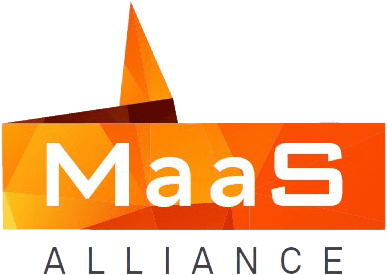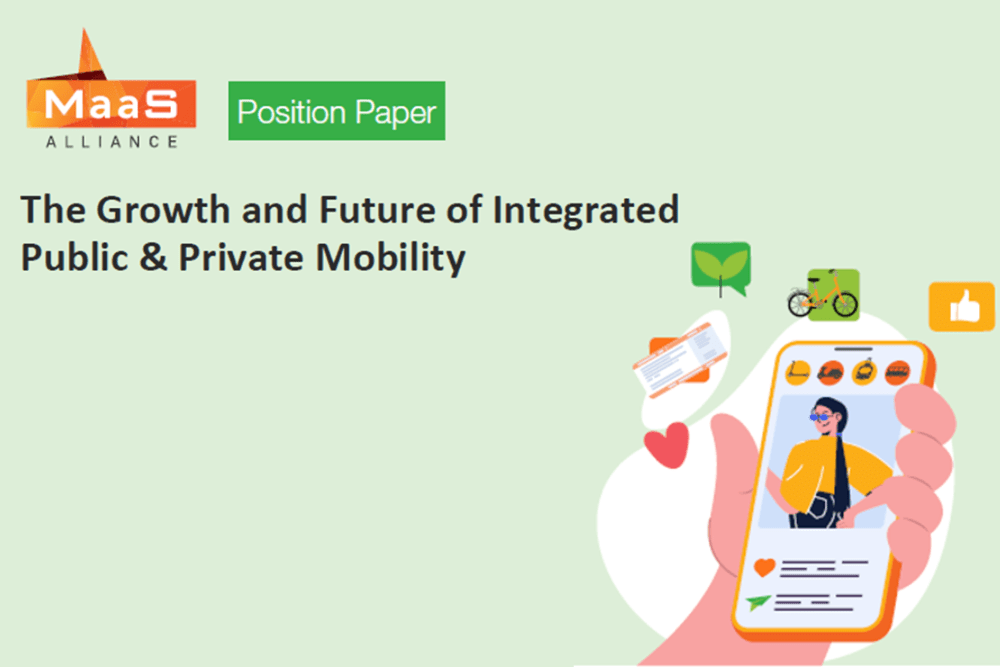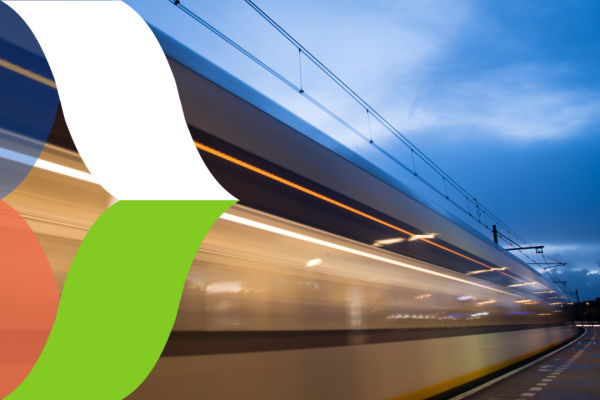Open-loop payments allow passengers to pay for mobility as they pay for other everyday items and to avail themselves of the convenience and simplicity of contactless payments. In the context of public transport, these payments refer to a system where passengers can use their credit/debit cards, mobile payment apps, or NFC-enabled devices, to pay for their fares directly at the point of entry without needing a separate ticket or card. From the rider’s perspective, there’s no more fumbling for change, queuing up to buy your ticket, or making sure a transit card is topped up, passengers can simply tap their contactless card or device on a reader as they enter a bus or train station, and the fare is automatically deducted from their linked account.
Public transport agencies benefit from open loop in the form of possible reductions in infrastructure costs, operations and management. Additionally, open loop appeals to the casual rider through the removal of friction from the process. Tapping to pay for goods and services is now second nature, so why not make it the same on public transport?
Plus, open loop uses the secure EMV payment networks, and that comes with the benefits of security and the management of risk. By using the 4 party mode (Issuer, Merchant, Acquirer and Scheme) to deliver contactless payments, we bring new benefits and an improved experience across the urban mobility ecosystem:
Open-loop is quick and easy, and in combination with the public transport agency offering fare capping, provides the rider with the best deal for their mobility. Riders can enjoy simple, secure payment choices using existing tools in their wallets across public transport networks while cities experience a sustained increase in economic activity and environmental benefits of increased usage of public transport that simultaneously decrease road congestion.
For a public transport agency implementing an open-loop payment system, it can be more cost-effective compared to closed-loop systems. Closed loop systems require the issuance and maintenance of transit-specific cards), as well as infrastructure including ticket vending machines and card readers. Open loop systems leverage existing payment infrastructure, reducing upfront and ongoing costs for transit agencies, and leverage the secure and safe networks that drive commerce today. Mastercard has years of experience working with global public transport agencies around the world, from Transport for London that recently celebrated its 10-year anniversary of open loop, to the whole of the Netherlands who are in process of rolling out an entire open-loop ecosystem across the country.
Paying for travel has nearly come full circle now. First, we used what was in our wallets – cash. Then we moved to smartcards for convenience and efficiencies in collection. Now we’ve gone back to what is in our wallets, purses, and pockets – bank cards and smartphones. It’s an evolution that promises to grow and I anticipate that when cities clearly understand the benefits of adoption and talk to their peers about the true cost of implementation and operation, compared to previous methodologies, the market is primed to bloom.
Source: Mastercard
By Andy Taylor, Director, Urban Mobility at Mastercard, President of MaaS Alliance



